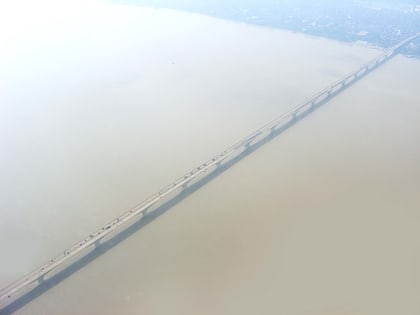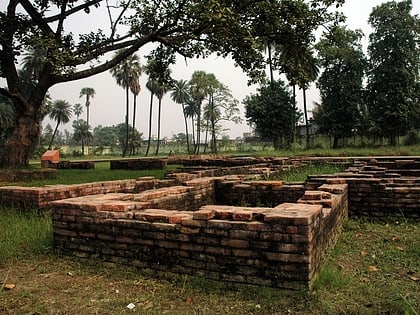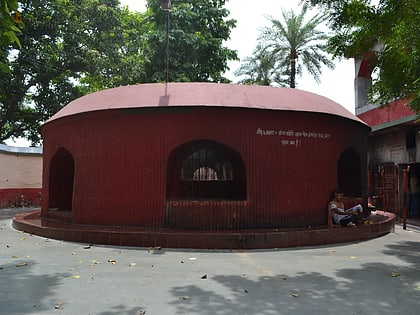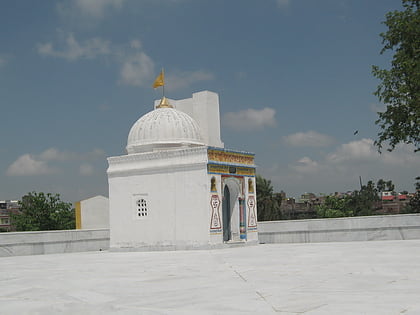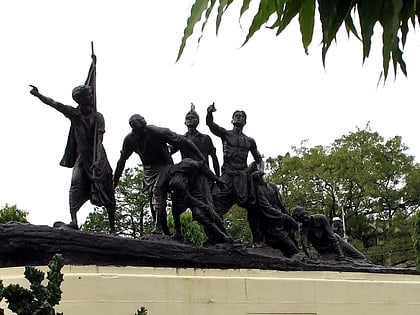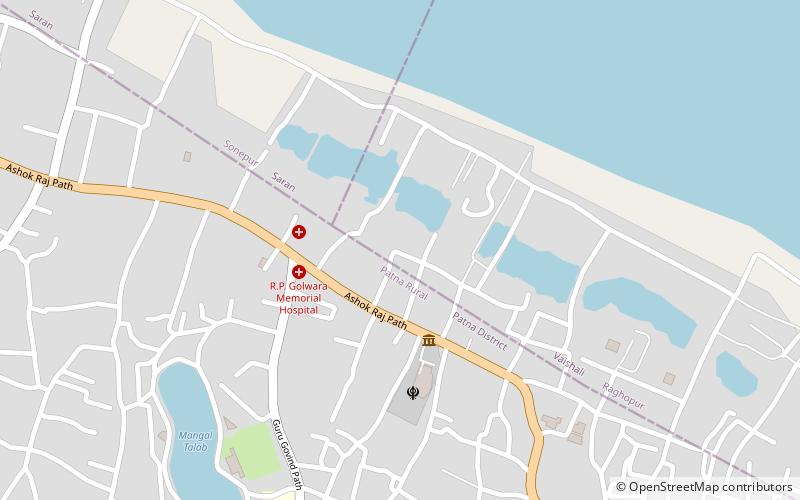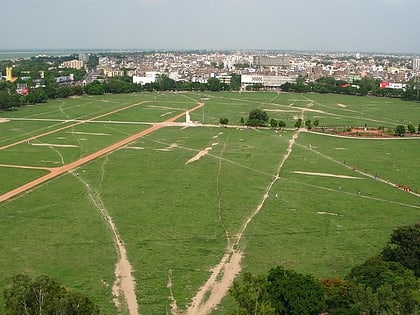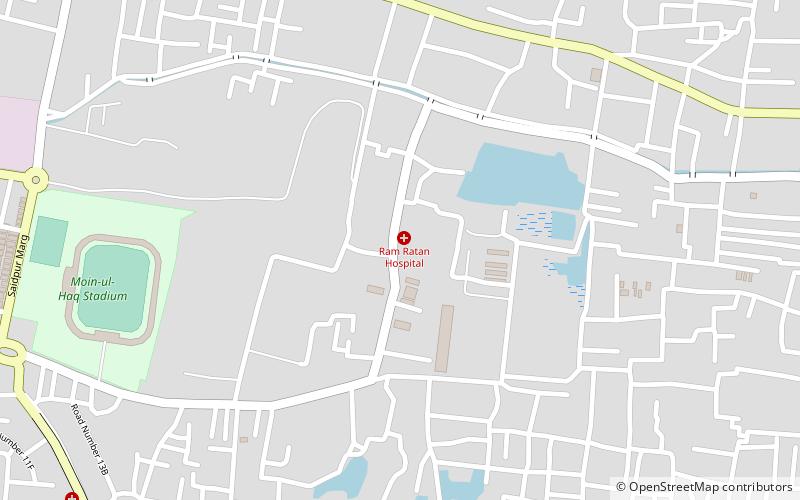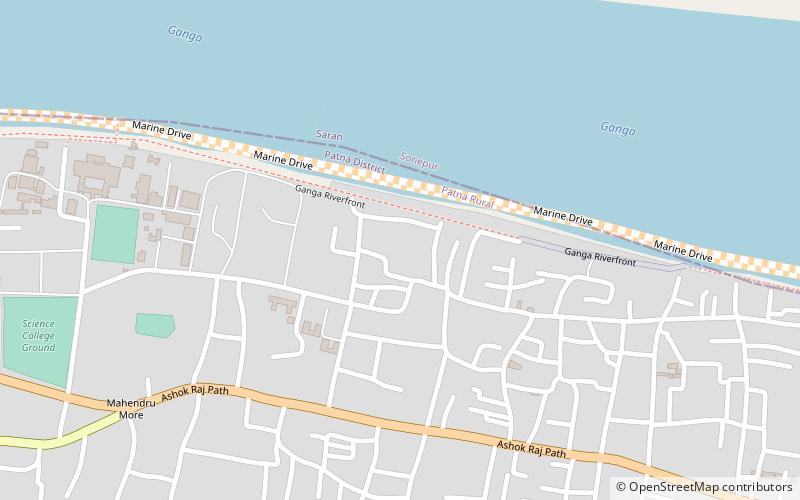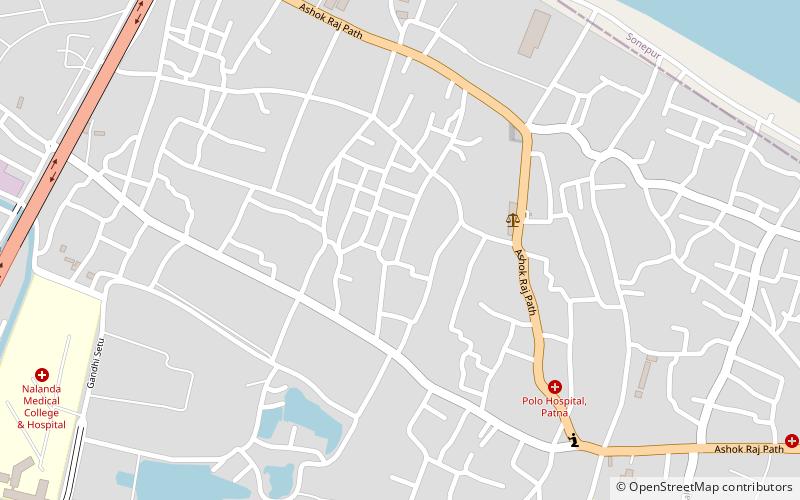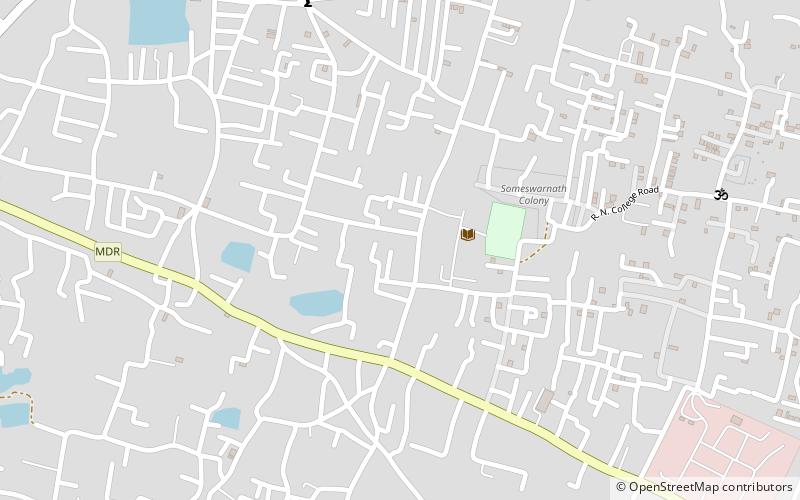Mahatma Gandhi Setu, Patna
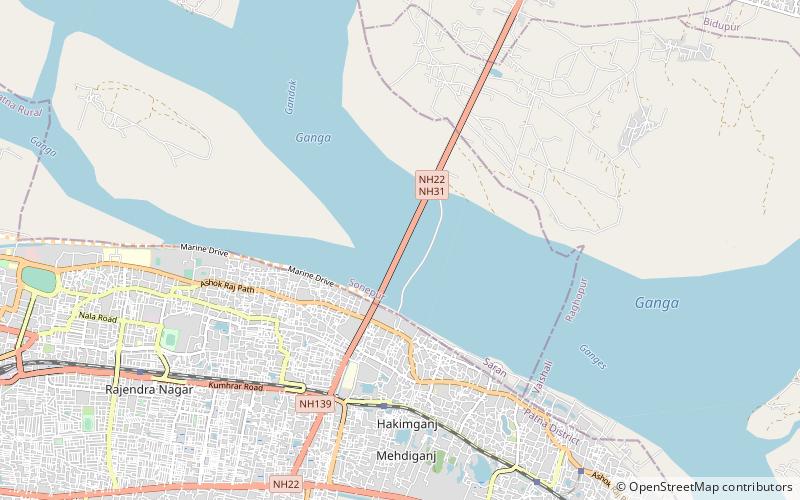
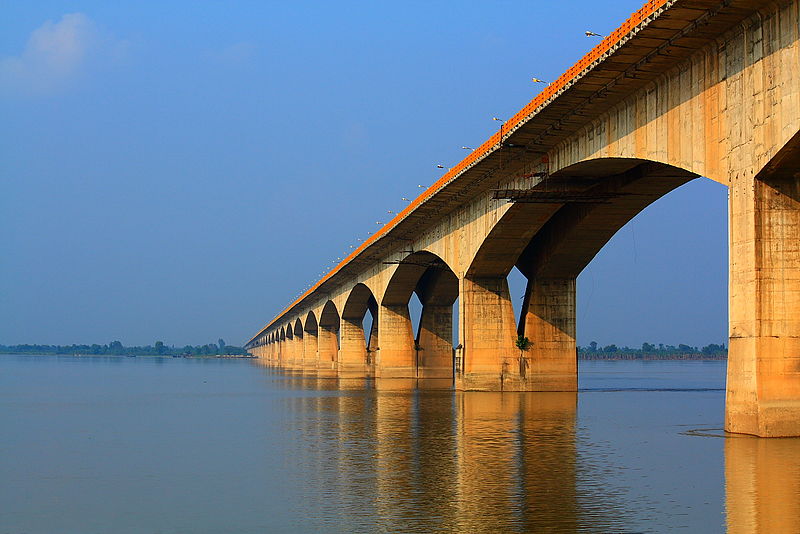
Facts and practical information
Spanning the waters of the Ganges River, the Mahatma Gandhi Setu is an architectural marvel and a vital lifeline for the city of Patna, India. This colossal bridge, extending over 5.75 kilometers, holds the distinction of being one of the longest river bridges in the country.
Constructed to provide a conduit between Patna and Hajipur, the bridge has greatly facilitated regional transportation and has been instrumental in the socioeconomic development of the state of Bihar. Inaugurated in May 1982, the Mahatma Gandhi Setu was named in honor of the father of the Indian nation, Mahatma Gandhi, symbolizing unity and progress.
The bridge's infrastructure is a testament to the engineering prowess of the late 20th century. It consists of 48 spans supported by 46 piers, with the roadway sitting atop these structures. The design accommodates both vehicular traffic and pedestrians, making it a bustling passage for the thousands who cross it daily.
Over the years, the Mahatma Gandhi Setu has not only served as a crucial transportation link but has also emerged as an iconic landmark for Patna. Its presence on the Ganges skyline is a constant reminder of the blend of utility and the aspiration for development that the bridge embodies.
The Mahatma Gandhi Setu is accessible throughout the year and is especially significant during the Chhath Puja, a major festival in Bihar, when it witnesses a surge in pedestrian traffic. The bridge has undergone several maintenance and strengthening projects to ensure its longevity and to cope with the increasing traffic load.
Patna
Mahatma Gandhi Setu – popular in the area (distance from the attraction)
Nearby attractions include: Kumhrar, Agam Kuan, Kamaldah Jain temple, Martyrs' Memorial Patna.
